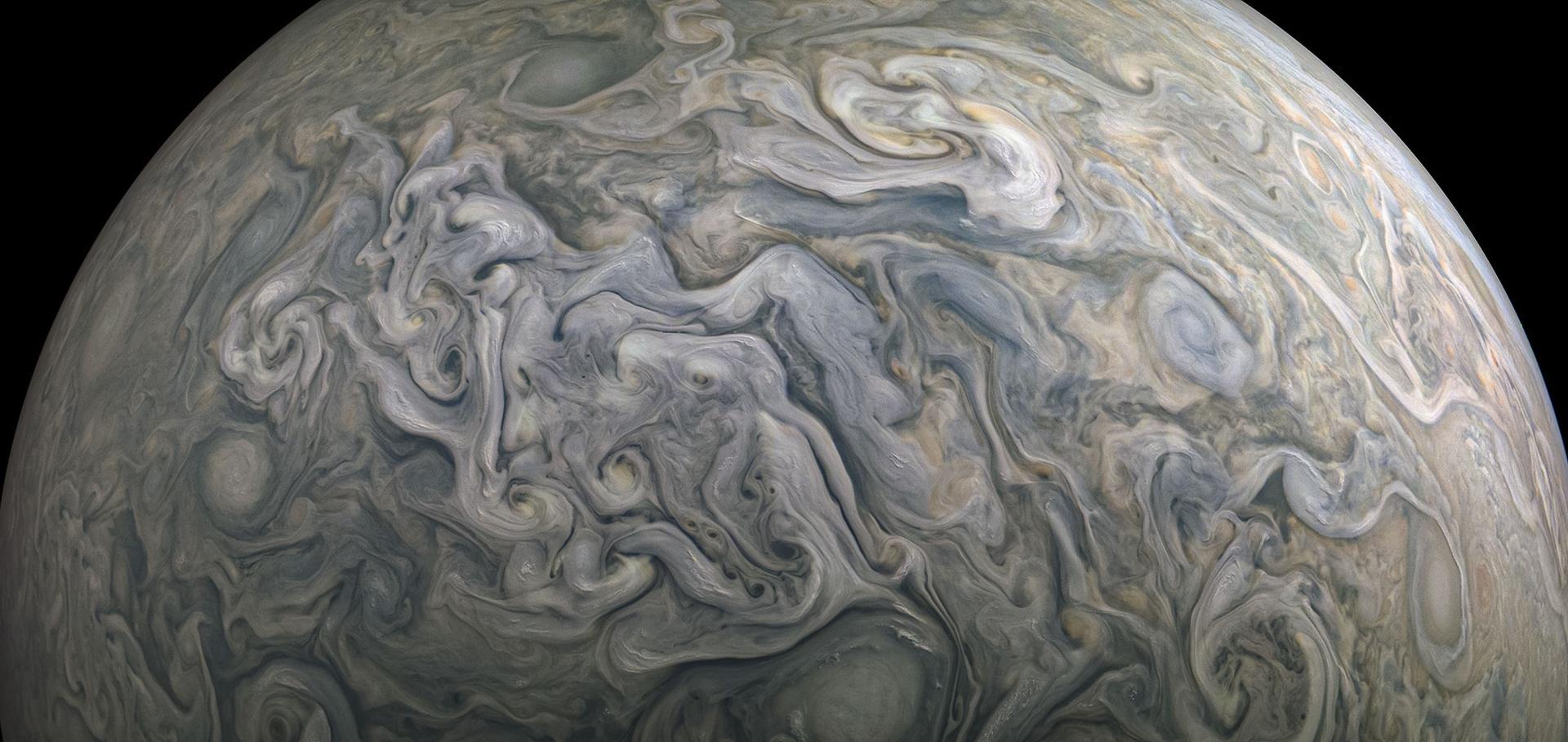Causes of twentieth-century temperature change near the Earth's surface
NATURE 399:6736 (1999) 569-572
Checking for model consistency in optimal fingerprinting
CLIMATE DYNAMICS 15:6 (1999) 419-434
Potential for improved ATSR dual-view SST retrieval
Geophysical Research Letters 25:17 (1998) 3363-3366
Abstract:
Recent validation studies have confirmed that the first along-track scanning radiometer (ATSR) can retrieve sea surface temperature (SST) to an accuracy of 0.3K even in the presence of heavy atmospheric aerosol. However, using the standard (pre-launch) retrieval, this accuracy is achieved only when data from all three thermal channels (3.7, 11 and 12 μm) are available; in the absence of 3.7 μm data, retrieved SSTs are subject to significant cold bias. As 3.7 μm data are useful only for nighttime observations, and ATSR's 3.7 μm channel failed in May 1992, only 11 and 12 μm data informed SST derivation for most of the 1991 - 1996 mission. We demonstrate the potential for improvement in this retrieval, based on comparison of observed brigthness temperatures with precise SSTs derived using 3.7 μm data. A reduction in global-mean cold bias from >0.6K to <0.1K is achieved, with standard deviation approximately halved. We also examine the treatment of optical pathlength variation around the ATSR swath.Correlations between altimetric sea surface height and radiometric sea surface temperature in the South Atlantic
Journal of Geophysical Research American Geophysical Union (AGU) 103:C4 (1998) 8073-8087
Actual and potential information in dual-view radiometric observations of sea surface temperature from ATSR
Journal of Geophysical Research: Oceans 103:3334 (1998) 8153-8165


